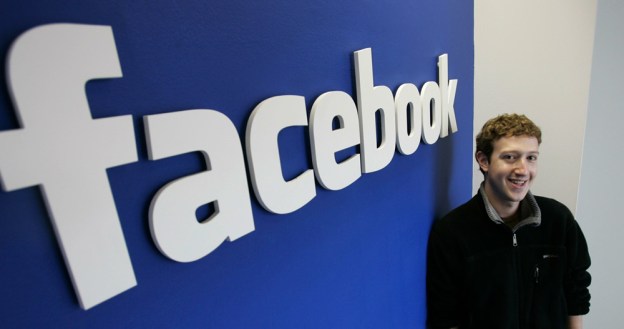
Announced earlier today, Facebook and the United States Department of Labor are collaborating to bring more visibility to three million job openings. This initiative is called the Social Job Partnership and also combines the efforts of the National Association of Colleges and Employers, the National Association of State Workforce Agencies and the DirectEmployers Association. Facebook will be targeting areas of high unemployment through geographic data and posting public service announcements to draw attention to the new effort as well as the main Facebook page for the Social Job Partnership.

Partners will be able to create delivery systems to roll out new job postings on Facebook more efficiently, likely helpful for Facebook’s audience of over 850 million members. When asked if Facebook poses a threat at the Web 2.0 Summit earlier today, LinkedIn co-founder Reid Hoffman stated that he didn’t believe Facebook was a competitor to LinkedIn. According to a Nielson study conducted this year, Internet users with a post-graduate degree are three times more likely to visit LinkedIn over other social networks. LinkedIn’s demographic also skews towards a much older group than Facebook, mostly averaging in the early to mid-40s. However, LinkedIn’s total user base is approximately 15 percent the size of Facebook’s total user base as of the end of June 2011.


